Don't wanna be here? Send us removal request.
Text

Anthony Bourdain in the early 70s with Henry Diltz' portrait of Grace Slick at Woodstock on his wall
3K notes
·
View notes
Text
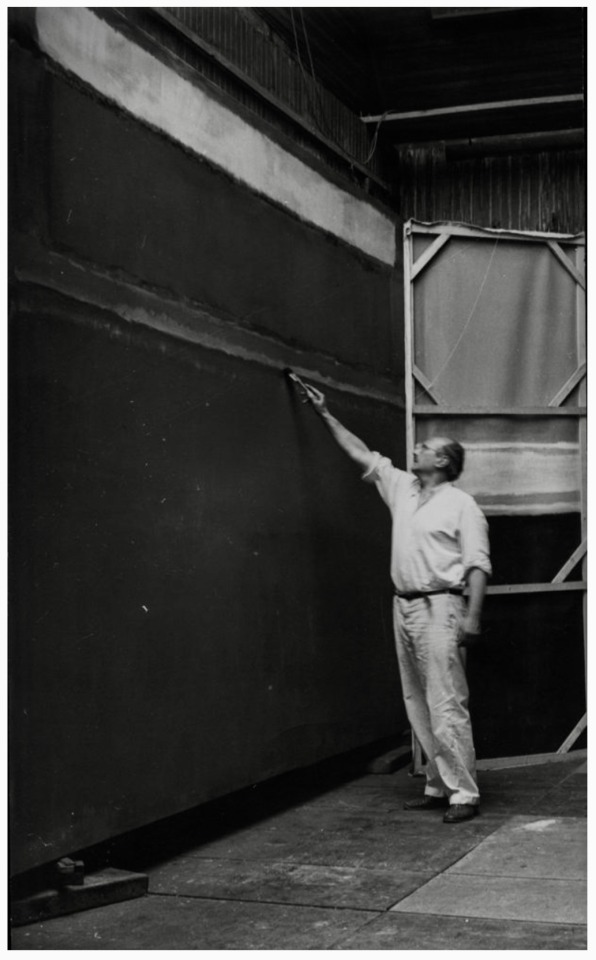
𝗠𝗔𝗥𝗞 𝗥𝗢𝗧𝗛𝗞𝗢 in his 53rd street studio, New York, 1954 📸 by © Henry Elkan Artwork © 2005 Kate Rothko Prizel and Christopher Rothko.
(from my instagram)
513 notes
·
View notes
Text
Civil society has collapsed completely.
3 notes
·
View notes
Text
Marianna Rothen
Marianna Rothen (1982) is a Canadian artist who is based in New York. After becoming a model as a young teenager, Marianna spent several years traveling, working and documenting the experience through photographs. Influenced by the need to reclaim her own image, Rothen now uses her photography and films to explore and deconstruct conventional conceptions of female beauty and gender politics. Using a mix of traditional photographic processes with digital media she creates images that evoke a sense of mystery and discomfort.
Rothen has made three bodies of work, translated in photo books and films, in which the development of her vision of patriarchy and empowerment are addressed. In the first series, Snow and Rose & other tales (2014), she constructed a richly resonant dream world where empowered women are free to be themselves in an environment entirely without men. Shot in a retro style, the images revel in natural unselfconscious nudity and contagious smiling confidence.
In her second body of work, Shadows in Paradise (2017), Rothen builds up a subtly different mood, where uncertainty and insecurity reenter the psychological terrain and introspection takes hold. While Rothen’s women still inhabit an all-female domain, there is much more implied tension. We voyeuristically watch as the scenarios start to unravel. Scenarios where the realities and perils of life intrude on the idyllic freedoms of the setting we saw in Snow and Rose & other tales.
In Mail Order (2018/2019), Rothen’s third body of work, men are introduced for the first time. They are literally objectified, turned into objects, one semi-fictional woman’s projected idea of masculinity and maleness. As she does in all her series, Rothen features in her own work. Though her character is alive, she is just as fake as the men; her gender is as much a performance as theirs. The crucial difference is they are not human. Rothen, as photographer, and Rothen, as model, wields no actual power over these male dolls, no actual men are exploited for her play. She suggests what it is like to be a woman who is looked at by men and who is powerless; whose identity is puppeteered by the patriarchy. The dolls start to become ridiculous, risible. They have no depth, no story – like so many of the female leads in Hollywood films. As a former fashion model herself, Rothen’s own experience in front of the camera also shapes the way she inhabits and examines this position. By staging these absurd situations, she strongly criticizes the fact that people are still products of patriarchy. This makes her work an important advocate of women’s empowerment.
Shadows in Paradise
(titles above photographs)
Eclipse, 2016
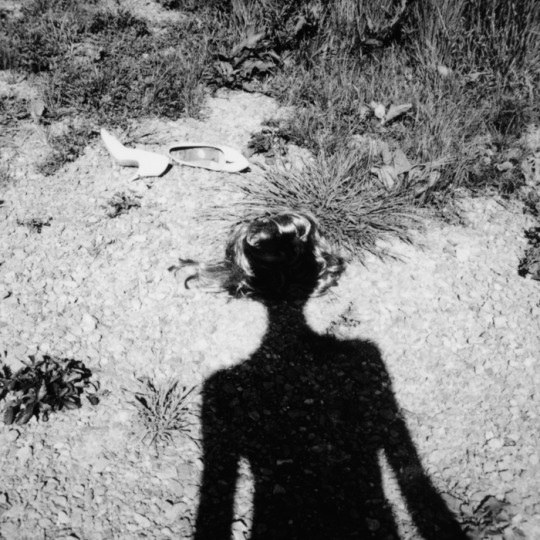
Donkey Skin, 2015

Shadows in Paradise, 2015

Risky Business, 2015

Still Life, 2015
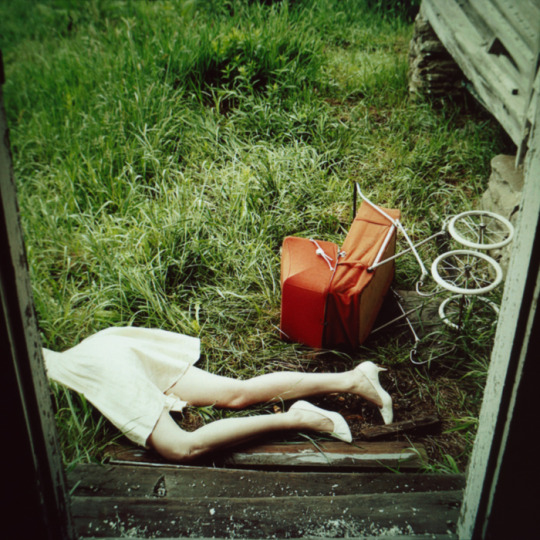
Betty and Veronica, 2015
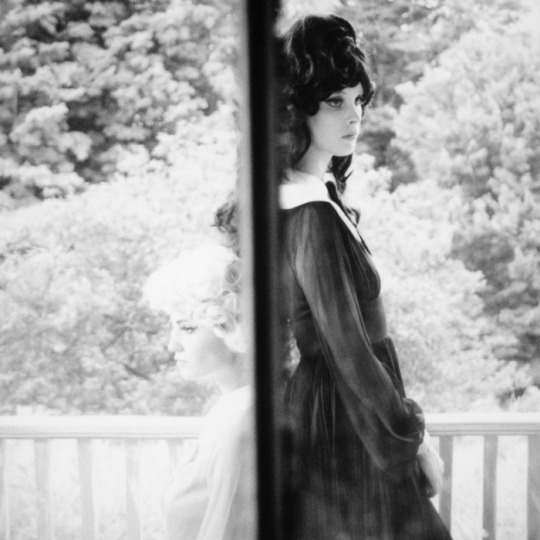
Betty and Veronica #2, 2015, diptych

Thinking Ability, 2015
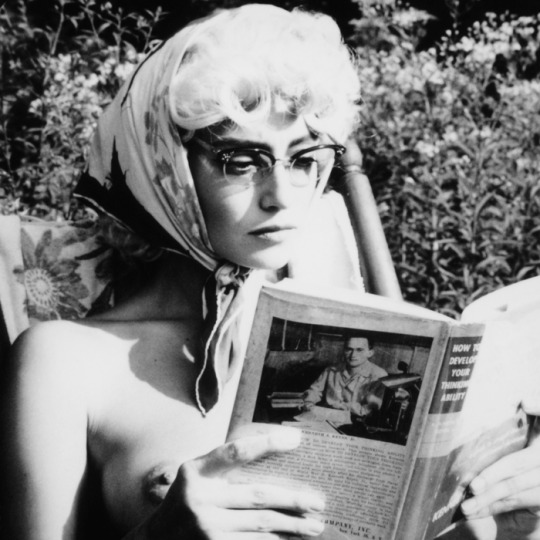
Robbers, 2015
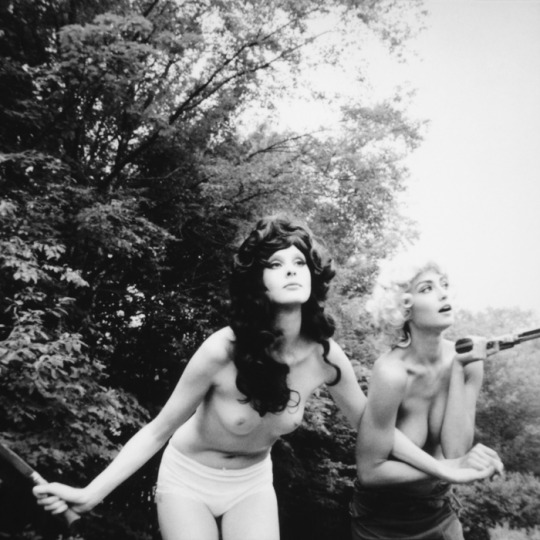
Mirror, Mirror, 2015
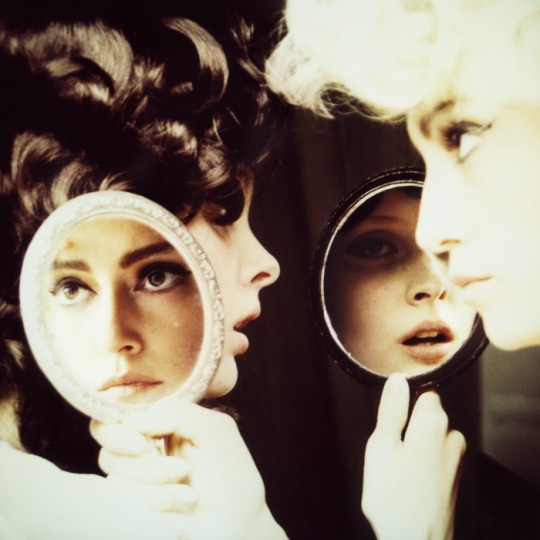
Beside Herself, 2015
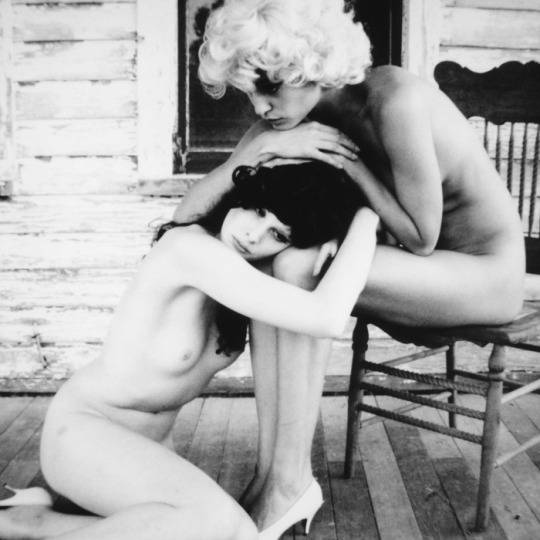
Persona, 2015
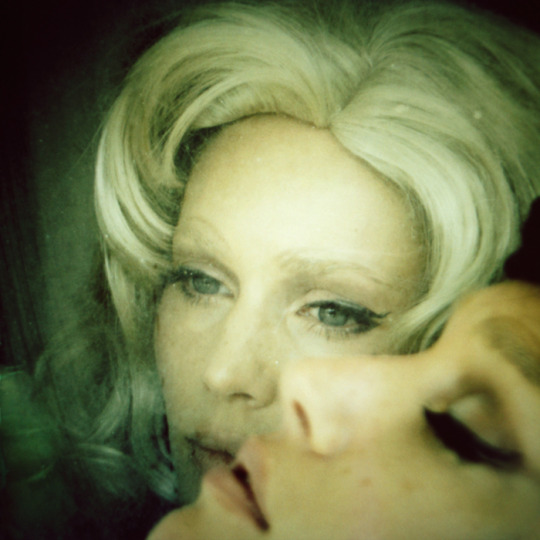
Sister, 2015
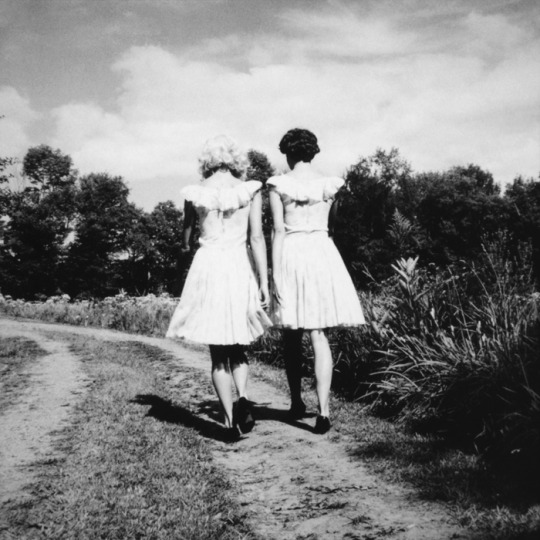
Sister #2, 2015
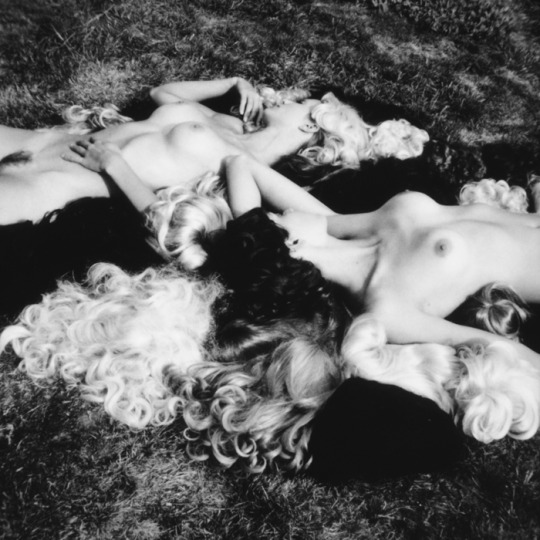
Minor, 2016

Mrs. Dubinbaum, 2015
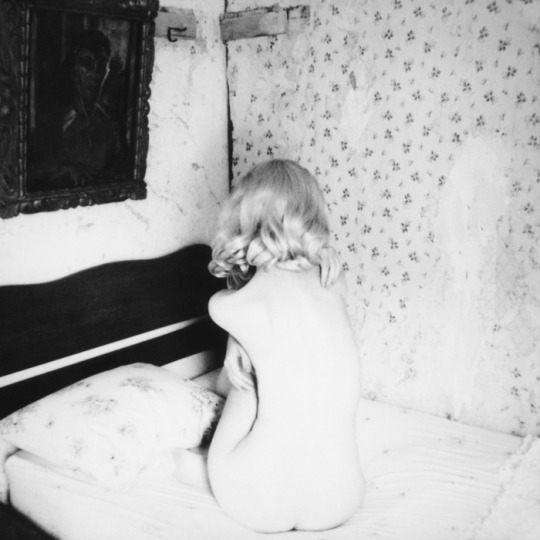
Pins and Needles, 2015

The Hot Spot, 2016
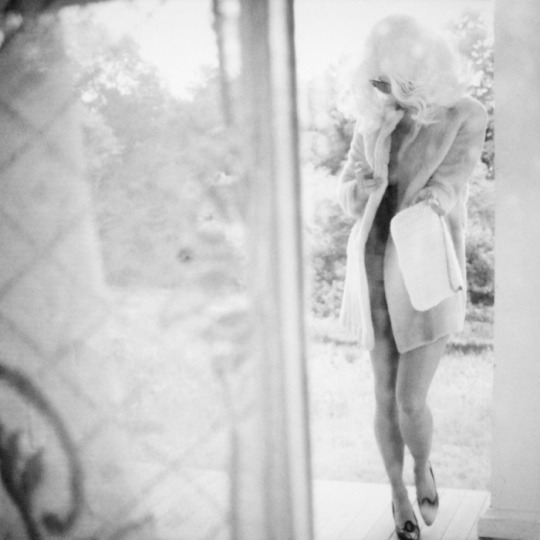
Whiskey Nose, 2016

She, 2016
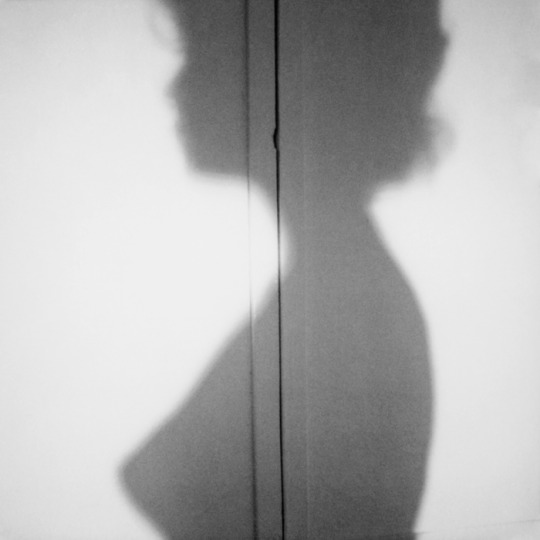
20/20, 2016
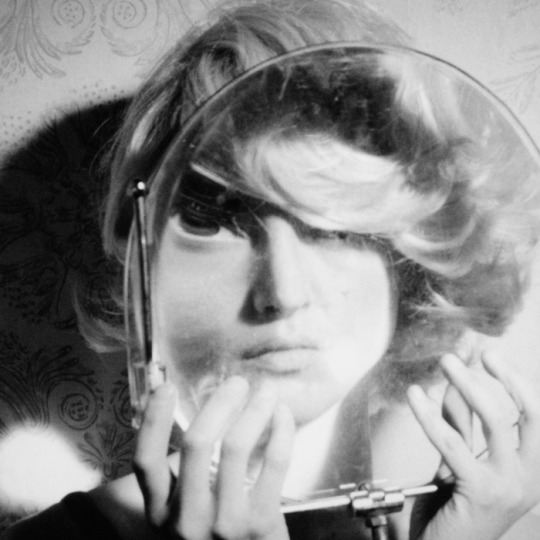
Fear of Fear, 2016, diptych
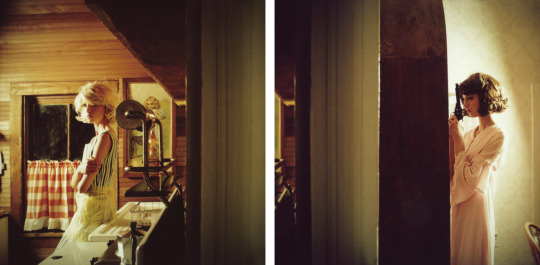
Kiss Tomorrow Goodbye, 2016
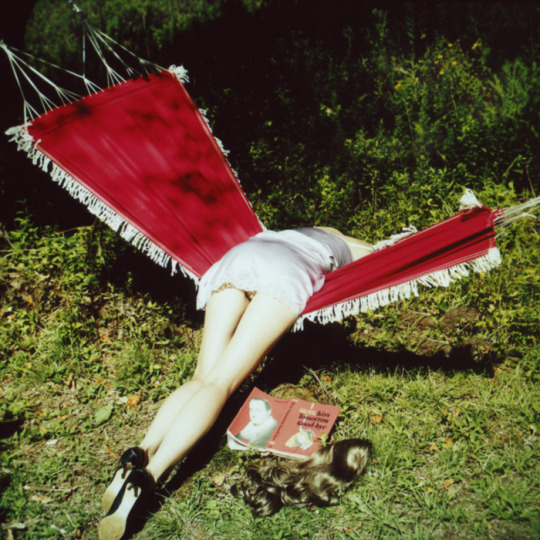
Dark Spring, 2016, diptych

Zig-Zag Girl, 2016

3 notes
·
View notes
Photo

“Collect books, even if you don’t plan on reading them right away. Nothing is more important than an unread library.” ― John Waters
5K notes
·
View notes














